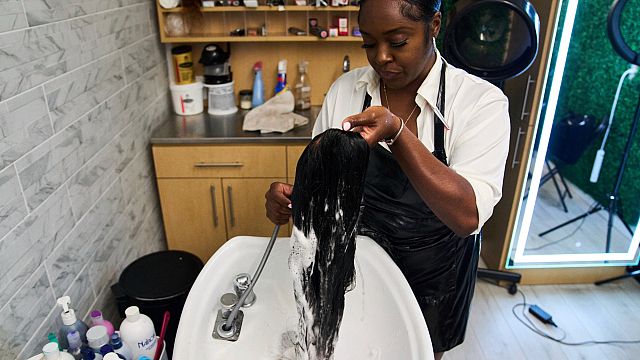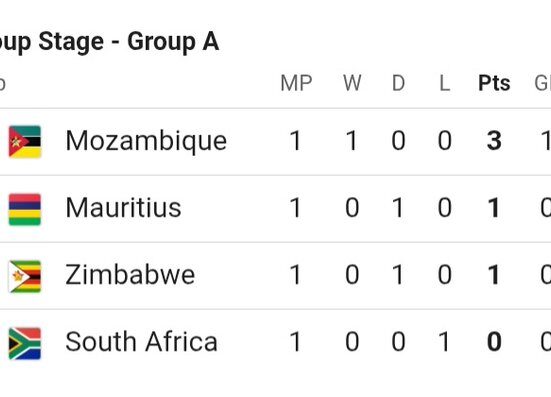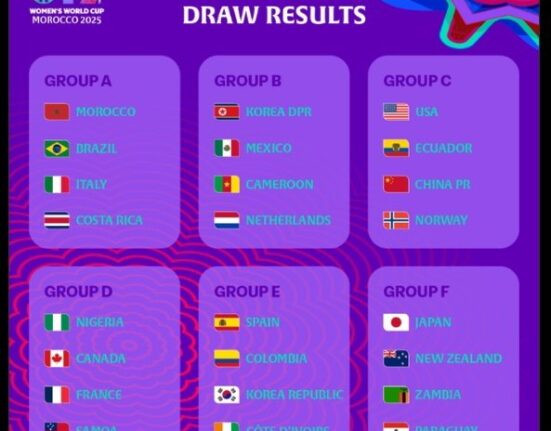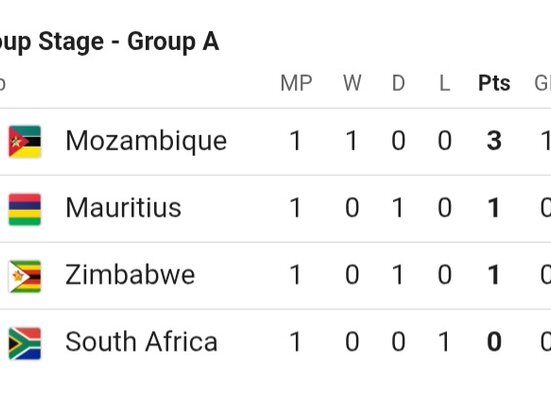The vibrant and diverse world of Black haircare has long been a cornerstone of self-expression and cultural identity for many Black women. From colorful braids to luxurious weaves, the industry has thrived on a rich tapestry of products and styles. However, a looming threat now casts a shadow over this flourishing landscape – the impact of the Trump administration’s tariffs on imported goods.
As prices at salons steadily climb due to inflation and rising rents, the recent imposition of tariffs has dealt a severe blow to both shoppers and stylists. A plethora of essential products for Black haircare, including synthetic braiding hair, human hair extensions, wigs, weaves, styling tools, and braiding gel, are either imported from or packaged in China. In April, these products were hit with a staggering 145% tariff, significantly driving up costs across the board.
The implications of these tariffs are far-reaching, with many Black women facing the prospect of higher prices for products integral to their haircare routines.
The Black hair industry experts, beauty supply store owners, and wholesale companies have been grappling with the ramifications of these tariffs. Additionally, Black stylists and braiders, who form the backbone of the industry, are feeling the squeeze as they contemplate raising prices amidst a slowing clientele base due to economic challenges.
While a recent ruling by the U.S. Court of International Trade temporarily blocked the tariffs, the administration’s decision to appeal keeps the industry in a state of uncertainty. The reduction of the tariff from 145% to 30% offers little respite, as noted by Marty Parker, a supply chain expert. He highlights that this tariff disparity puts the industry at a significant disadvantage compared to other countries facing lower baseline rates.
The impact of these tariffs extends beyond just immediate price hikes. Supply chain disruptions, cost escalations, and potential trade negotiation breakdowns between the U.S. and China loom large on the horizon. Stylists have observed a drop in clientele, attributing it to the overall increase in prices affecting not just the Black hair care industry but various sectors.
Amidst these challenges, real-world examples paint a stark picture of the industry’s struggles. Stylists like Yana Ellis and AaNiyah Butler recount significant spikes in shipping costs for hair bundles and human hair from China, leading to rising expenses that may soon be passed on to consumers. Wholesale stores are bracing for cost increases, with even synthetic hair prices witnessing a sharp climb.
The spiraling costs are forcing stylists like Dajiah Blackshear to consider raising their prices, a decision that could potentially alienate budget-conscious clients.
Blackshear’s dilemma encapsulates the predicament faced by many stylists, torn between maintaining quality standards and accommodating budget constraints. The delicate dance of explaining price hikes to clients underscores the financial strain felt by both stylists and customers alike.
The significance of the Black haircare industry transcends mere economic transactions. It symbolizes a cultural heritage, a form of self-care, and a source of empowerment for Black women. With the industry valued at over $2.5 billion in 2023 and Black women outspending other ethnicities sixfold on hair care, the impact of these tariffs reverberates far beyond the realm of commerce.
As the industry navigates through these turbulent times, the resilience and creativity of Black stylists, entrepreneurs, and consumers shine through. The challenges posed by tariffs may reshape the industry’s landscape, but the spirit of innovation and community that underpins Black haircare remains unwavering. In the face of adversity, the industry stands as a testament to the enduring beauty, strength, and unity of Black women everywhere.









Leave feedback about this